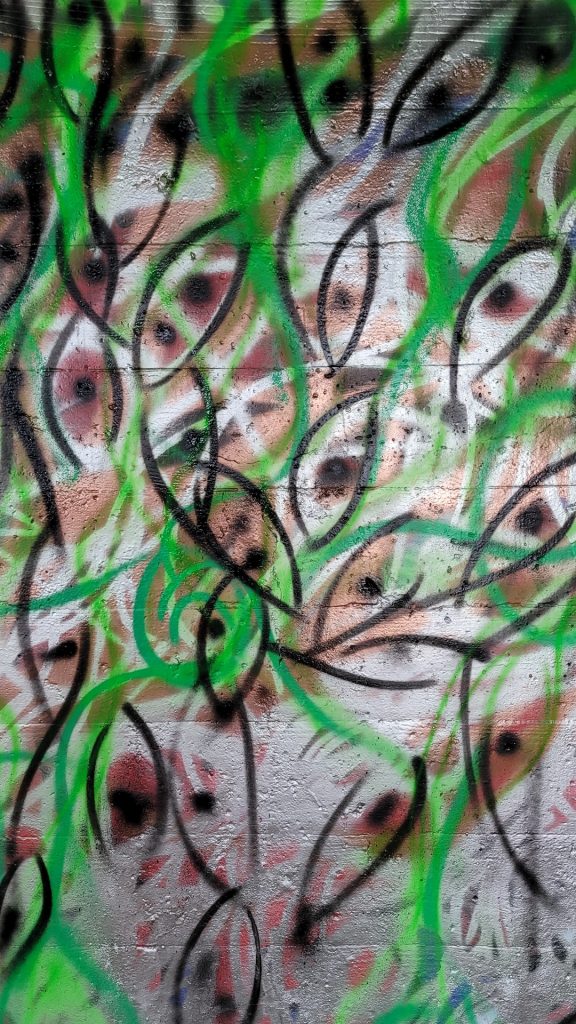still closely related: reflecting on The Dream of The Audience by Maura Nguyen Donohue
August 4, 2021
Maura Nguyen Donohue is the Writer-in-Residence for Platform 2021: The Dream of the Audience.
In this final essay, Maura Nguyen Donohue reflects on Danspace Project’s Platform 2021: The Dream of the Audience.
Read and/or listen below.
Platform 2021 (May 15 – June 18) took inspiration from a poem by the late Korean American artist Theresa Hak Kyung Cha, in which Cha addresses the audience “as a distant relative.”
“Although written in 1977, Cha’s text resonates with our current condition,” says curator Judy Hussie-Taylor. “This Platform is an homage to audiences.”
Audience Distant Relative, Theresa Hak Kyung Cha (1977)
you are the audience
you are my distant audience
i address you as i would a distant relative
as if a distant relative
seen only heard only through someone else’s description
The above has served as a container for this Platform. The latter half of Cha’s piece was not necessarily present in the prompt of the Platform but describes what many of us have experienced presciently throughout the past year:
neither you nor i
are visible to each other
i can only assume that you can hear me
i can only hope that you hear me
As a consistent audience/witness to the Danspace Platforms over the years, I was invited by Judy in 2019 to edit a catalogue in honor of the 10th anniversary of the Platform series, the publication of which was interrupted due to the 2020 pandemic. In this role, I have been living sporadically inside the documentation and residue of 10 years of Platforms, the works that emerged, the many curators, artists, and writers. When I was then invited to witness this Platform 2021 as writer-in-residence, I experienced a specific take on Cha’s mail-art poetics…where Cha’s intimacy through distance becomes a way to play in the somewhere else of exile and anonymity, it also detailed the archival energies of writing about live works that one cannot rewind, pause, and slo-mo through, in search of exact detail.
The many writers of the past 10 years of Platforms described a temporal occurrence. Maybe you read their description of the event(s), maybe you saw the same show they saw and read their rumination, maybe you are doing PhD work and are now piecing out dramaturge Katherine Profeta’s timeline of Ralph Lemon’s 2010 Platform, ‘i get lost’ or staring at hands drawn by Gyun Hur as part of Reggie Wilson’s 2018 ‘Dancing Platforms, Praying Grounds: Blackness, Churches, and Downtown Dance.’ Those written pieces become part of the whole, become a kind of audience, a distant relative who reads about a distantly related union. Each effort to describe, or correlate, or ruminate or associate has revealed the glorious entanglement of artist and witness. The dream isn’t only that there be a living, breathing, attentive collection of watchers, but that we each carry forward remnants into soft currents of time and memory and meaning.
They travel in pods of hundreds, but within the pods they organize into groups of twenty or less and time their diving and beautiful acrobatics to be exactly in sync.
-Alexis Pauline Gumbs, Undrowned: Black Feminist Lessons from Marine Mammals
The Dream of the Audience honors the desire to be within scent distance again while letting us find one another in new ways, as well. Better ways, I don’t know. Worse, I don’t think so. It mattered that I met these artists again in the shape of their meetings and reachings out to other artists. The lean in to the screen of Ishmael Houston-Jones networked coast-to-coast, Okwui Okpokwasili replicating an eternal first step, crossing visual streams with Peter in search of her power cord or a ghostly naming of those activating the Zoom-room-chat, Eiko and Joan in party dresses, hanging off their seats or seated beside one another in post-premiere delight, or Reggie declaring that the work almost broke him in a wry response to an invisible but insistent audience that was demanding ‘More!’
In true form, the Platform revealed structures of collective action alongside artistic individuations. Every Platform schools those who attend closely. As I detail in my opening essay, “Moving Through: 10 Years of Danspace Platforms,” Alexis Pauline Gumbs invites us to consider the learning space of schools of dolphins as the model for a practice place of care and collaboration. What does it mean to function as a group in a changing environment [1]. Platform 2021 revealed a changed world. We, the audience of the dream, synchronized into a community. The concurrent liveliness of a chat was a real-time experience. In days saturated with asynchronous work flows and neurological habituations to isolation, the chance to tune in and cross talk at a show was, if not entirely new, at least delightful.
For me, after almost a year and a half of intense multi-hour Zoom days and online screen-dance productions for my department at Hunter College, and all the efforts to keep artists in their art and audiences in attending, the Platform served simple delicacies. I do commit to rigorously learning how to gracefully collaborate, and step back when it’s your turn with nothing to prove. I do commit to the work of going deep enough to find the necessary food that lights us up inside [2]. The short works were crafted with some of the finest ingredients. And, I still savor the post-premiere conversations as they revealed many hidden flavors about the momentary inner workings of often mysterious processes. The charge to inhabit St. Mark’s Church-in-the-Bowery and to activate a rapidly changing environment in an ongoing global pandemic was met in the artistic integrities of these enthralling humans who stayed open to the possibility that we, the audience, were still closely related.
